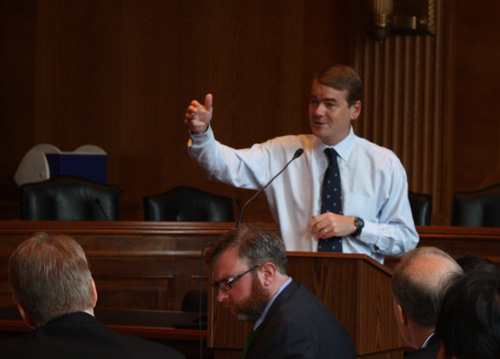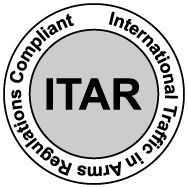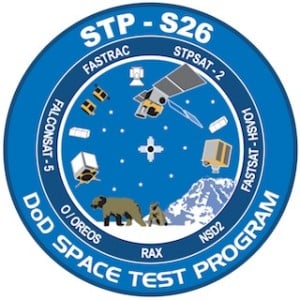Public Policy and Government Affairs
NDAA Paves Way for U.S. Space Competitiveness
Written by: developer
The FY 2013 National Defense Authorization Act (NDAA), which includes language that significantly modernizes space-related provisions within the International Traffic in Arms Regulations (ITAR) law, was signed into law on Jan. 3, paving the way for the United States to become more competitive in the global space arena. The Space Foundation has advocated for such reform for at least a decade.
 “For years, we have watched the U.S. lose ground against global competitors because of the largely unintentional consequences of onerous regulations on space technology for export,” said Space Foundation Chief Executive Officer Elliot Pulham.
“For years, we have watched the U.S. lose ground against global competitors because of the largely unintentional consequences of onerous regulations on space technology for export,” said Space Foundation Chief Executive Officer Elliot Pulham.
“Now, thanks to the hard work of a number of individuals – most especially Senator Michael Bennet (D-CO) and Senator Mark Udall (D-CO) – our nation will soon be able to once again vigorously compete in an industry we helped invent.”
Pictured, above right: Bennet discusses ITAR reform at a Space Foundation event in Washington, D.C., last July.
Bill Addresses ITAR, Sets Funding
The NDAA gives the administration discretion to transfer certain less-sensitive satellites and satellite components from the restrictive United States Munitions List (USML) to the less restrictive Commerce Control List (CCL), thus allowing U.S. space businesses to sell more space products and services outside the U.S. and to enter into more business relationships with global partners. Specific space provisions of the NDAA, which provides congressional policy guidance to the Department of Defense (DoD) and authorizes funds to be appropriated for DoD programs, include:

- Satellite Export Control Modernization – Section 1261, the section that restores the authority to the President to move satellites and related items from the USML to the CCL, also prohibits export and re-export of satellites and related components to certain countries and provides for interagency reviews and reporting to ensure accountability with respect to export of satellites and related items.

- Authorization of $45 million for Operationally Responsive Space (ORS) program in FY 2013, $35 million more than the President’s request. In addition, Section 914 creates an ORS Executive Committee to provide coordination, oversight and approval of projects for the ORS Office.

- Authorization of $45 million to restore the Space Test Program (STP) in FY 2013, $34 million more than the President’s request. The STP, created in 1965, conducts space test missions to accelerate the DoD’s space technology transformation while lowering development risk.
More Work to Do
“While this achievement has been a long time coming, important steps remain in order to implement this change. We look forward to working with the administration in 2013 to ensure American Space competitiveness is maximized while keeping sensitive technologies out of the wrong hands,” said Pulham.
The Space Foundation updated our U.S. Defense Space-Based and Related Systems FY 2013 Budget Comparison to reflect the changes. To see all the space-related provisions in the FY 2013 NDAA, please click here.
This article is part of Space Watch: January 2013 (Volume: 12, Issue: 1).
